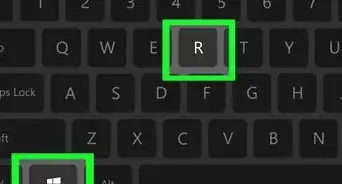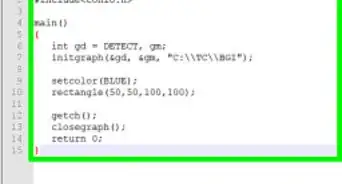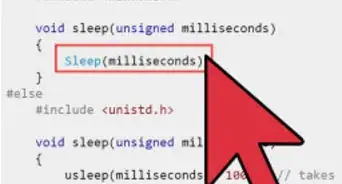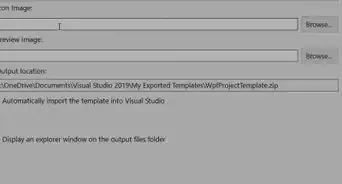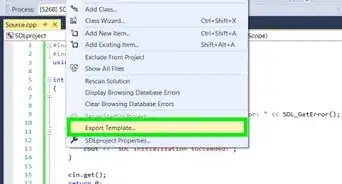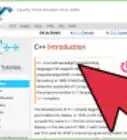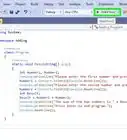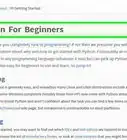X
wikiHow is a “wiki,” similar to Wikipedia, which means that many of our articles are co-written by multiple authors. To create this article, 48 people, some anonymous, worked to edit and improve it over time.
This article has been viewed 211,394 times.
Learn more...
There are infinitely many ways to program computers. Ultimately, it is the choice of the programmer how to accomplish what they need. There are, however, many "best practices" for styles and function usage for better compilation and safer programs. Some care should be taken to ensure that future programmers (including yourself) on your project can read and understand your code.
Steps
Method 1
Method 1 of 2:
Writing Standard Code
-
1Download a C++ IDE (integrated development environment) such as Eclipse, Netbeans, and CodeBlocks, or you can use a plain text editor such as Notepad++ or VIM. You can also run programs from the command line, in that case any text-editor will suffice. It might be handy to choose an editor which supports syntax highlighting and line-numbers. Most programmers find that unix-like systems (linux, OS X, BSD) are the best environments for development.
-
2Create a main program file. The main file must include a function called main(). This is where execution of the program begins. From here, you should be calling functions, instantiating classes, etc. Other files of your application as well as libraries can be included into this file.Advertisement
-
3Begin writing your program. Insert your code or the program that you need to build (see below for a few examples). Learn the syntax, semantics, Object-Oriented Programming paradigms, data striations, algorithm designs such as linked lists, priority queues, etc. C++ is not an easy language to program in, but doing so teaches you the fundamentals that extend to all programming languages.
-
4Insert comments in your code. Explain what your functions do and what variables are for. Choose clear names for variables and functions. Capitalize the names of global variables. In general: make sure that anyone reading your code can understand it.
-
5Use proper indenting in your code. Again, see the examples below.
-
6Compile your code with
g++ main.cpp
-
7Run your program by typing:
./a.out
Advertisement
Method 2
Method 2 of 2:
Following Examples
-
1Take a look at Example 1:
/* This Is A Simple Program Just To Understand The Basic OF g++ Style. This Is A Program With g++ Compiler.*/ #include <iostream> /* include input and output functions */ using namespace std; /* we are using the std (standard) functions */ int main() /* declare the main function; you can have int main(void) too. */ { cout << "\n Hello Daddy" ; /* '\n' is a newline (\t is a tab) */ cout << "\n Hello Mummy" ; cout << "\n This Is My First Program" ; cout << "\n Date 11/03/2007" ; return 0; }
-
2Consider this Example 2:
/* This Program Calculates The Sum Of Two Numbers */ #include <iostream> using namespace std; int main() { float num1,num2,res; /* declare variables; int, double, long.. work too */ cout << "\n Enter the first number= " ; cin >> num1; /* put user's value into num1 */ cout << "\n Enter the second number= " ; cin >> num2; res = num1 + num2; cout << "\n The sum of "<< num1 <<" and "<< num2 <<" = "<<res '\n' ; return 0; }
-
3Learn from Example 3:
/* Product Of Two Numbers */ #include <iostream> using namespace std; int main() { float num1; int num2; double res; cout << "\n Enter the first number= " ; cin >> num1; cout << "\n Enter the second number= " ; cin >> num2; res = num1 * num2; cout << "\n The Product of two numbers = " << res '\n' ; return 0; }
-
4Take a look at Example 4:
// Looping to find a math equation. In this case, it figures out the answer to // Question #1 on Project Euler. #include <iostream> using namespace std; int main() { // Opening Main. int sum1=0; int sum2=0; int sum3=0; int sum4=0; // Creates the integers needed in order to figure out the answer. for (int a=0; a < 1000; a=a+3) {sum1 = sum1+a;} // Loops until a is 1000 or over, adding 3 to a every loop. Also adds a to sum1. for (int b=0; b < 1000; b=b+5) {sum2 = sum2+b;} // Loops until b is 1000 or over, adding 5 to b every loop. Also adds b to sum2. for (int c=0; c < 1000; c=c+15) {sum3 = sum3+c;} // Loops until c is 1000 or over, adding 15 to c every loop. Also adds c to sum3. sum4 = sum1 + sum2 - sum3; // sum4 takes the sum of sum1 and sum2, and subtracts sum3. cout << sum4; // Outputs sum4, the answer. cin.get(); // Waits for user to press enter. return 0; // Return statement. } // Closing Main.
-
5Take a look at this example of different styles:
int main(){ int i = 0; if(1+1==2){ i = 2; } } /* This is Whitesmiths style */ int main() { int i; if (1+1==2) { i = 2; } } /* This is GNU style */ int main () { int i; if (condition) { i = 2; function (); } }
Advertisement
Community Q&A
-
QuestionIs there a site where I can learn to make projects using C++?
 JesusFreaks 1225Community AnswerSololearn.com, it teaches you the basics. If you want to get further into C++ it may require a subscription to a site. Check out the free trial and see if you think it is worth it.
JesusFreaks 1225Community AnswerSololearn.com, it teaches you the basics. If you want to get further into C++ it may require a subscription to a site. Check out the free trial and see if you think it is worth it. -
QuestionHow can I download C++ on my 32 bit Windows 7 PC?
 Community AnswerC++ is a programming language. It cannot be downloaded.
Community AnswerC++ is a programming language. It cannot be downloaded. -
QuestionCan I write using my tablet?
 Community AnswerYes, get an app on a tablet that has word processing, and you can use the keyboard to type stuff.
Community AnswerYes, get an app on a tablet that has word processing, and you can use the keyboard to type stuff.
Advertisement
Warnings
- Never use obfuscated styles or deprecated functions.⧼thumbs_response⧽
Advertisement
About This Article
Advertisement
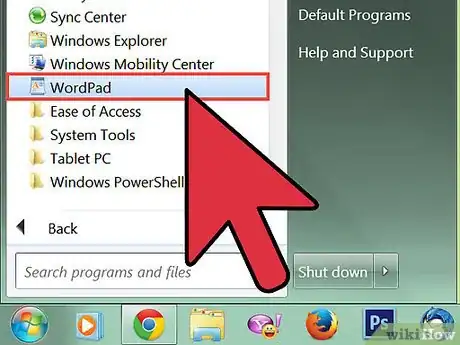
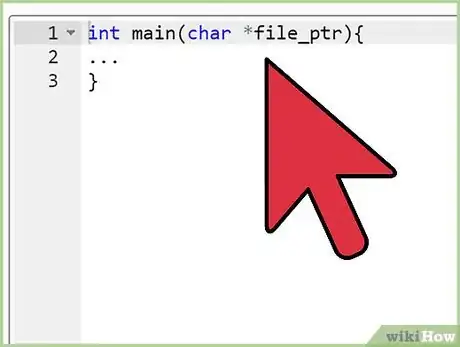
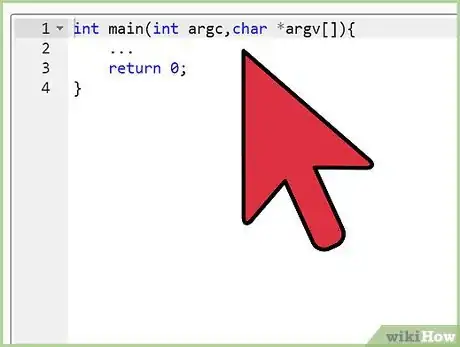
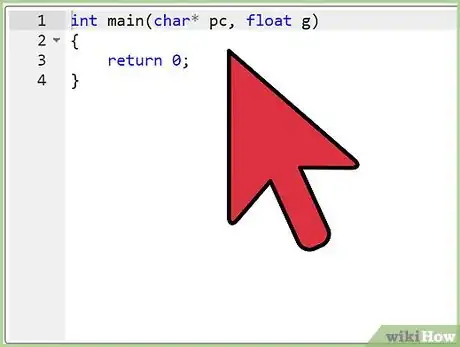
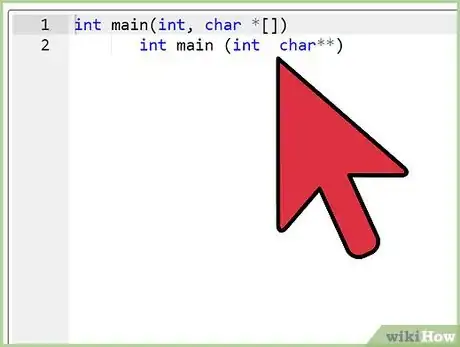
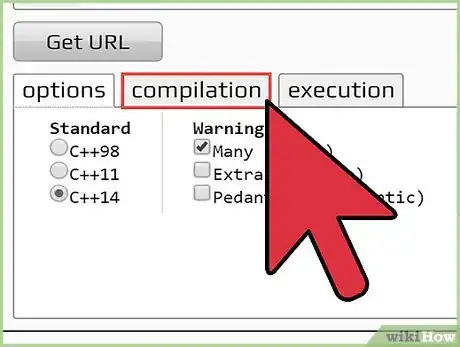
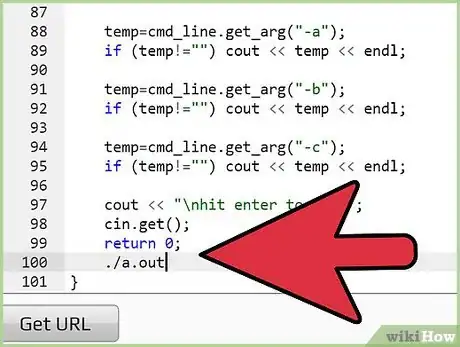
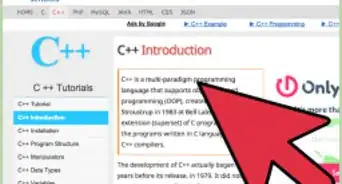
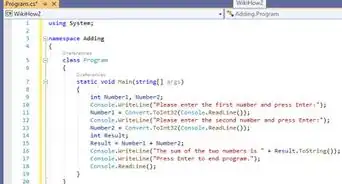

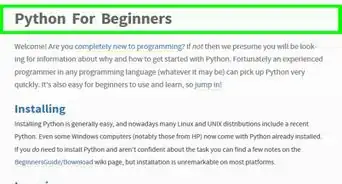
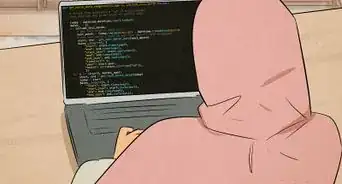
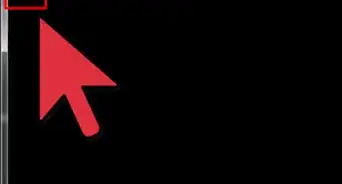
-Step-16-Version-3.webp)
